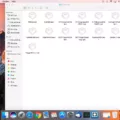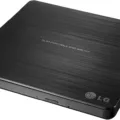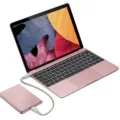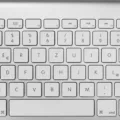Are you looking for an easy way to connect your Mac to a Wi-Fi network? If so, then a USB Wi-Fi adapter is the perfect solution for you! USB Wi-Fi adapters allow your Mac to access a wireless network from anywhere. Plus, they save you from having to buy and install an internal wireless card, which can be expensive and time-consuming. In this blog post, we’ll discuss everything you need to know about using USB Wi-Fi adapters with your Mac.
First, let’s start with the basics. To use a USB Wi-Fi adapter on your Mac, you’ll need to download the driver software that comes with it. This step is necessary because most USB adapters require special drivers in order to work properly on macOS Big Sur and Ventura. Once you’ve installed the driver software, plug in the adapter into an available USB port on your computer and turn it on.
The next step is to connect your Mac to your wireless network. To do this, open System Preferences > Network > WiFi and choose the network name (SSID) of the router or access point that you want to connect to from the list of available networks. You may be asked for a password if it is a secure network; enter this information when prompted and click “Connect”.
Finally, once connected, you can now access the internet through your new USB Wi-Fi adapter! Keep in mind that when using an external USB Wi-Fi adapter for your Mac, performance may not be as good as if you had installed an internal wireless card instead. However, most models will still provide decent speeds and reliability for browsing websites or streaming media content online.
We hope this blog post has helped clear up any confusion about how to set up and use a USB Wi-Fi adapter with your Mac! If you have any questions or need more help getting connected, feel free to reach out – we’re always here to help!
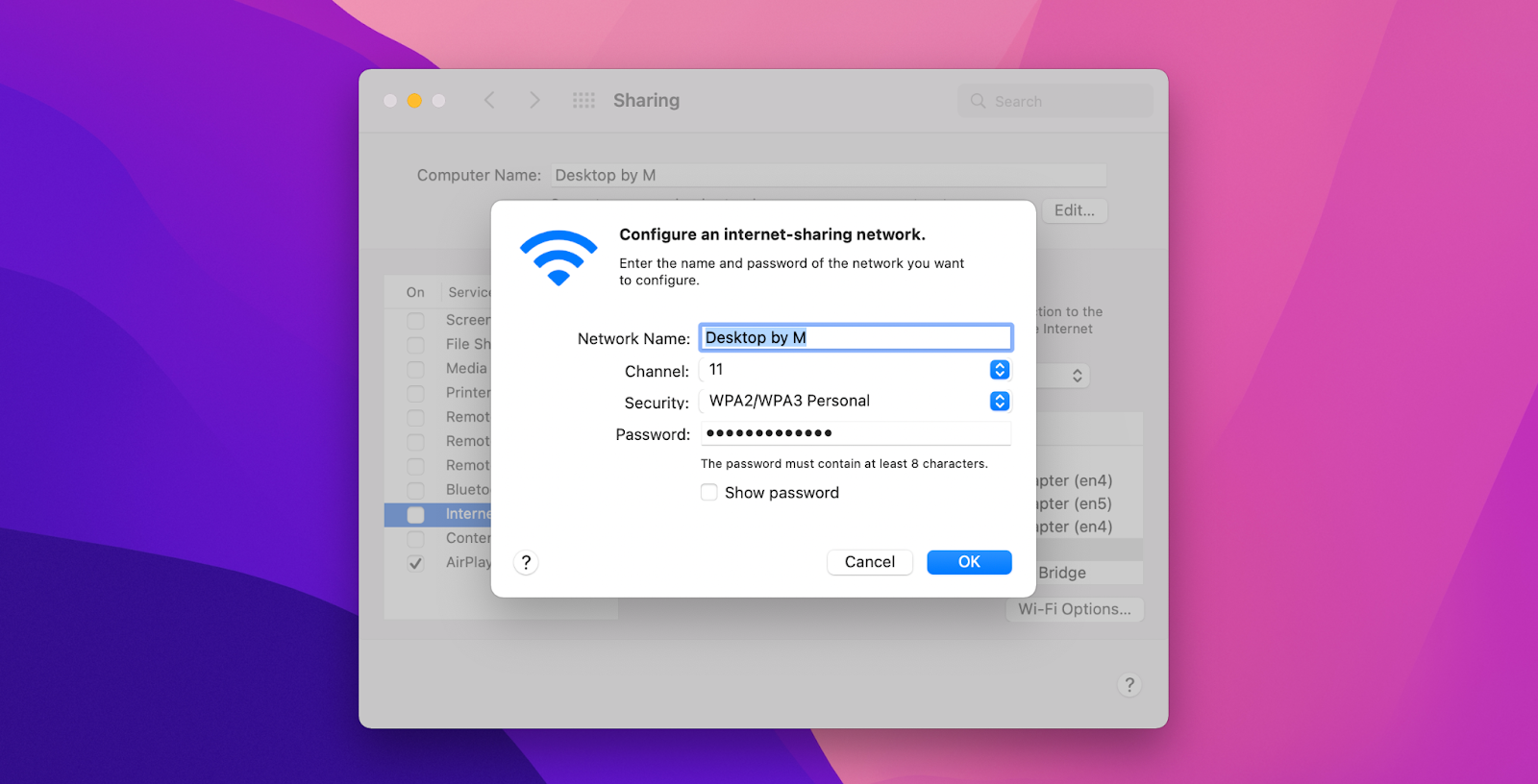
Can a USB WiFi Adapter Be Used on a Mac?
Yes, a USB WiFi adapter will work on a Mac. All you need to do is plug the USB WiFi adapter into your Mac’s USB port and then follow the instructions from your adapter’s manufacturer to install any necessary software. Once the software is installed, you should be able to connect to available Wi-Fi networks and browse the web. Just make sure that your Mac meets the minimum system requirements for the USB WiFi adapter you’re using.
Finding the Best USB WiFi Adapter for Macbook
The best USB WiFi adapter for Macbooks is the TP-Link Archer T9UH. It is a high-performance, dual-band WiFi adapter that offers up to 1900 Mbps of speed on the 5GHz band and up to 600 Mbps on the 2.4GHz band. It also features two detachable external antennas for improved signal reception and stability, as well as MU-MIMO technology for simultaneous streaming of multiple devices. Additionally, its USB 3.0 port ensures fast and efficient data transfer speeds, and its compatibility with macOS Big Sur and Venura makes it an ideal choice for Macbooks.
Locating the Wi-Fi Adapter on a MAC
To find the Wi-Fi adapter on your Mac, you’ll need to open System Preferences. To do this, click on the Apple logo in the top left corner of your screen and select ‘System Preferences’. Once you are in the System Preferences window, select ‘Network’ from the list of options. On the left side of this window, you will see different connection types. Select ‘Wi-Fi’ from this list. This will show you information about your connected Wi-Fi network, including its name, MAC address, and other details. Your MAC address for your Wi-Fi adapter is listed here.
Troubleshooting USB Adapter Issues on Mac
It’s possible that the USB adapter is not compatible with your Mac. First, make sure the device is turned on and its cables are properly connected. If your computer has more than one USB port, try switching the device’s cable to another port. Additionally, check the system requirements of the device to ensure it is compatible with your Mac’s operating system and hardware. If you still can’t get it to work, contact the manufacturer for further assistance.
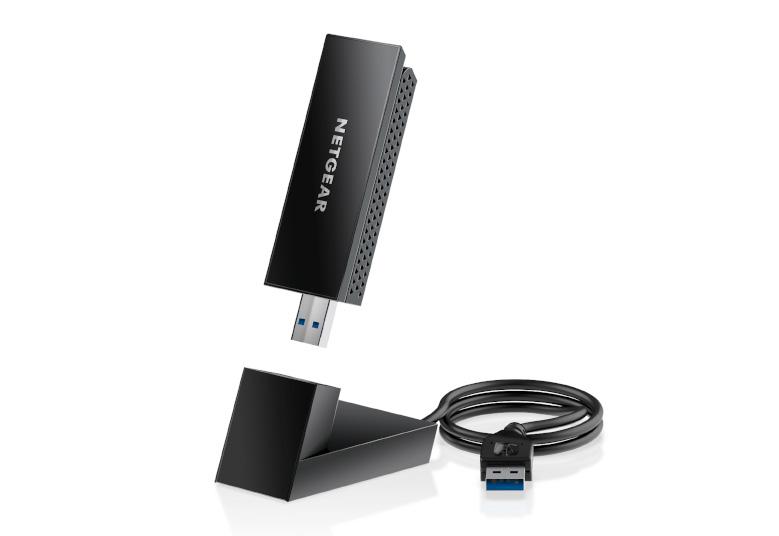
Does a USB Wifi Adapter Provide Wi-Fi Access?
Yes, a USB wifi adapter is designed to provide you with access to a Wi-Fi network. The adapter will connect wirelessly to the network, allowing you to access the internet, stream media, and more. Depending on the type of adapter, it may be able to connect to both 2.4 GHz and 5 GHz networks. Additionally, some USB wifi adapters have extra features such as dual-band support, signal strength indicators, and WPA/WPA2 encryption for added security.
The Advantages of Using a USB WiFi Adapter Over Ethernet
USB WiFi adapters can be a convenient, cost-effective way to add wireless access to your computer. They are generally easy to use and may be the only option if you do not have an Ethernet port on your device. However, in general, Ethernet connections offer superior speed, reliability, and security compared to a USB WiFi adapter. Ethernet is typically faster than a wireless connection as it is less prone to interference from other electronics and has lower latency. Additionally, it provides more secure connections since your data will remain encrypted while traveling between devices connected by an Ethernet cable. Ultimately, the best connection for you depends on your specific needs and the available options.
Getting a Computer to Recognize a USB WiFi Adapter
To get your computer to recognize your USB WiFi adapter, you can try the following steps:
1. Download the latest software for your adapter. This can usually be found on the manufacturer’s website.
2. Make sure you have the latest version of Microsoft Windows installed.
3. Connect the adapter directly to a USB port on your computer. Avoid using any type of cradle or extension cable, as this could interfere with recognition.
4. Try plugging the adapter into a different USB port on your computer – this can sometimes help with recognition issues.
5. Unplug any other USB devices that are currently connected to your computer, as having too many items connected can cause issues with recognition.
If none of these steps work, you may need to contact the manufacturer of the adapter for further technical assistance.
Identifying a Wired Network Adapter on a Mac
You can check if your Mac has a wired network adapter by going to the Apple menu > System Preferences > Network (under “Internet and Wireless”). Make sure that the ethernet interface is selected on the left side. Click on the Advanced button on the right, and then the Hardware tab. If you see a MAC address listed there, then you have a wired network adapter installed in your Mac.
Conclusion
In conclusion, USB Wi-Fi adapters are a great choice for Mac users who want to take advantage of the latest high-speed wireless connections. They are easy to install and configure and provide an affordable way to stay connected without sacrificing performance. With a variety of models available from different manufacturers, you can easily find one that suits your needs. No matter which model you choose, you can be sure that it will help you get connected quickly and easily with reliable performance.

